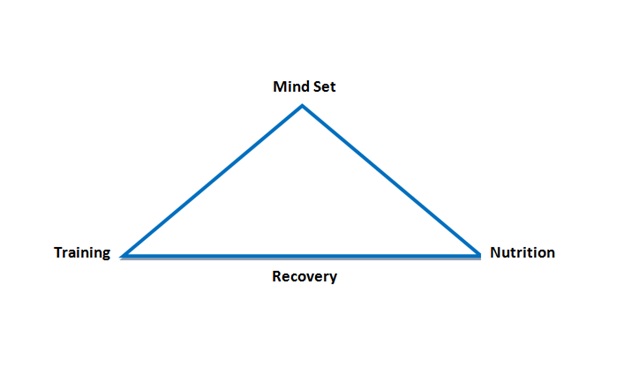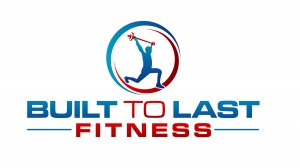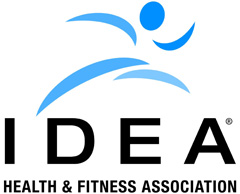Building Lasting Fitness
Building Lasting Fitness: A Quick Guide To Building The Ultimate You

Don’t let age stop you
“In the beginner’s mind there are many possibilities.
In the expert’s mind there are few.”
– Shunryu Suzuki
My Fitness Triangle
Ask ten people what is the best way to get in the best shape of your life and you’ll probably get ten different answers. There is so much information on the topic, and even more opinions about it, that it can be overwhelming. There are only 3.5 components needed to build the ultimate you. They are best visually represented in my Fitness Triangle. These components are: Mind Set, Training, Nutrition, and lastly, Recovery. If you focus on these fundamentals, you can construct and maintain a body that can last a very long time.

The Built-To-Last Fitness Triangle
MIND SET
Before embarking on a journey to healthy living, it is important to get your mind right. The person with a detailed plan of action has a much greater chance of success than the person who does not. Having a workable plan of action is often overlooked when initially striving for a personal health or fitness goal. That being said, here are some practical steps to get you started and keep you going. This applies to all goals.
– Figure out where you are.
Before you can get to a destination you need to figure out where you are. Take an honest look in the mirror and ask yourself, “Am I perfectly content with who I am and where I am in my life?” Write down a list of all of your habits (good and bad) and take a moment to consider your influences.
– Figure out where you want to go.
Next, it is time to set some SMART goals. SMART goals are:
– Specific
– Measurable
– Attainable
– Realistic
– Time-Sensitive
Put it all on paper. Once you have your goals down according to each criteria – you should have a clearer image of what you are striving for.
– Take action.
You know where you are and you know where you want to go. Now it’s time to get moving. Are there any habits you need to ditch? Are there any habits you need to adopt? Do you need to change your environment? Here are some tips to help you keep pushing to reach your goals.
– Focus on one thing at a time.
You can’t do everything at once. Zero in on one goal with a laser focus and go for it.
– Track everything.
Get a small journal or notebook and start recording everything. Log your food, your workouts, your personal measurements, and your goals. This will all help build momentum and keep you accountable.
– Enlist a battle buddy.
Get a friend or partner to help you out through the rough patches. Keep each other accountable and help cut down on missed workout sessions.
– Get a mentor, coach, or trainer.
Learn from the best. They can show you proven ways to succeed. Expert guidance, training, and accountability are a winning combination.
– Push yourself.
You have to push yourself past your comfort zone. That is how you will grow.
– Have Fun!
Life goes by in the blink of an eye – enjoy it. Celebrate the little things and express gratitude for your gifts and your blessings.
TRAINING
“What are the best exercises? What is the best workout routine?” These questions are frequently asked and it is not surprising. Just Google “best workout routine” and see how many entries come up.
– Stop searching for the perfect workout routine.
When looking for a workout routine, don’t look for the magic bullet or a quick fix. Beware of fancy packaging an
d marketing hype touting ridiculous claims. Consistency is the key. A basic program followed consistently (with good nutrition habits) will yield far better results than a flawlessly designed program that is poorly executed. In addition, a good workout program should be safe, sustainable, and built with your unique goals in mind. Let’s address these three elements further.
– A good workout program should be safe.
If the probability of injury is high for a given mode of workout, it’s probably not worth the risk. If you get hurt you may have to stop training all together. It is not uncommon for people to develop ankle sprains, shoulder impingements, or ligament tears. Your workout should include a thorough warm-up and address joint mobility and flexibility.
– A good workout program should be sustainable.
Your workout plan should be appropriate for your level of fitness and it should be fun. A workout is not appropriate for you if you fail to consistently do it. For example, if you work 80 hours per week and you are attempting to execute a program that has you training 3 hours per day, 6 days per week, you probably won’t be able to keep it up for long.
– A good workout program is built with your goals in mind.
This just makes sense. A person seeking to compete in a triathlon should not train like a powerlifter. A person with several asymmetries and imbalances should not train like a bodybuilder. We had a saying in The Marine Corps: “Train like you fight.” Your chosen method of training should be closely aligned with your desired result. Use the right tool for the job.
There are only about 5 primary aspects of training which need to be addressed. They are separate but closely related. These areas of concern should are:
– Movement
– Mobility
– Stability
– Strength
– Conditioning
NUTRITION
Without a doubt, proper nutrition is vital to your health and wellness. Your nutritional habits will impact your health, the way you look, and the way you feel.
Like exercise programs, nutrition is a confusing topic for most people. There are thousands of diet b
ooks, meal plans, and eating systems available today. Don’t be fooled, good nutrition and healthy eating is not complex. Let’s dive a little deeper into what I feel are the most important aspects of the healthy nutrition.
Healthy Eating in a Nutshell:
– Eat lean sources of protein (e.g. lean meat, chicken breast, tuna steaks, egg whites)
– Eat vegetables and fruits (e.g. spinach, broccoli, asparagus, tomatoes, apples, berries)
– Eat healthy fats (e.g. avocado, nuts, flax seed oil)
– Eat organic food over processed food
– Eat slowly (stop before you’re full)
– Eat more greens, less grains (watch your starches, opt for more nutrient-rich veggies instead)
– Refuel after workouts (a blend of protein and carbs works best)
– Drink water (lots of it)
That’s the foundations of healthy eating. If you stick to those guidelines, you will be headed in the right direction. I have one final bit of advice regarding nutrition.
– Avoid the trap of yo-yo diets.
I see it all the time, people gain weight, and go on an extreme (unsustainable) diet, lose weight, fall back on their original poor eating habits, and gain the weight all back. Repeated weight loss and weight gain takes a toll on the body. The word “diet” trips people up. Think “lifestyle” instead. If you want to be Built To Last, commit to a lifestyle of healthy eating habits.
RECOVERY
The final and often overlooked component required to build the ultimate you is Recovery. We require rest to repair and regenerate from the stresses applied to our bodies. There are two main things we need to focus on that pertains to Recovery: sleep and avoiding overtraining.
Sleep
Muscles are not made in the gym, they are made in your bed. During a training session, you are actually creating micro tears within the muscle fibers. During REM sleep, your body goes into a regenerative state which repairs the tissue. This is achieved through multiple processes including protein synthesis and hormone regulation. The release of growth hormone is exceptionally important to the athlete. Inadequate sleep can negatively affect body composition and cognitive functioning. Shoot for 8 hours per night.
Preventing Overtraining
Overtraining is defined as “the state when an athlete has been repeatedly stressed by training to the point that rest is no longer sufficient for recovery.” Many athletes have experienced this type of burnout. If you train too hard for too long, without adequate recovery, you can slip into Overtraining Syndrome (OTS). OTS manifests itself through many symptoms, the most common being extreme fatigue and significant decrease in performance. Injuries are very common in athletes who are overtraining. Here are 5 tips to prevent overtraining:
– Schedule rest days in your program
– Pay attention to post-workout nutrition
– Stay hydrated
– Cross train (add variety to your program)
– Get sleep
It’s up to you. Make it happen!
To Your Lasting Fitness,
Matt Supple


